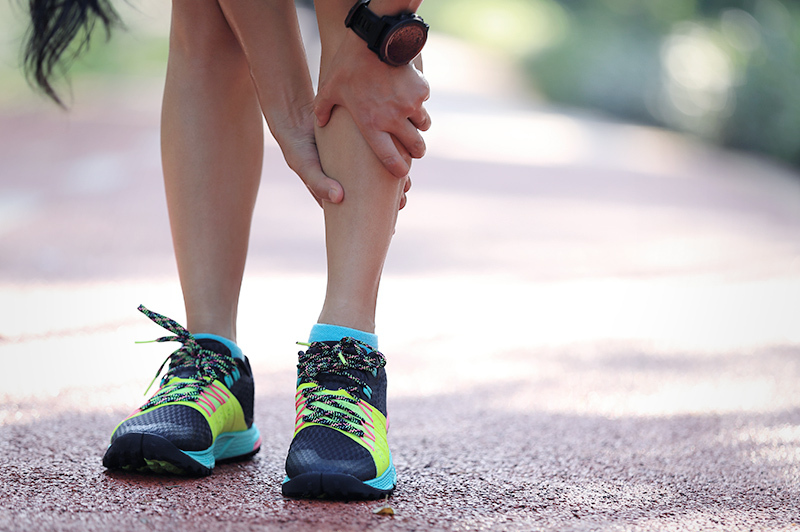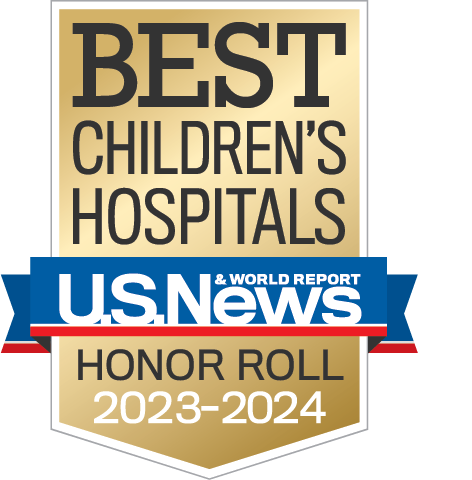Shin Splints | Symptoms & Causes
What are the symptoms of shin splints?
Pain and/or inflammation at the side or front of the shin bone can be symptoms of shin splints. The pain tends to intensify in stages:
- At first, the injury may hurt mildly while playing sports.
- As more trauma occurs, the athlete will experience constant pain while playing.
- At the end stage, pain in the lower leg will become constant, even when the athlete is not playing.
Shin Splints | Diagnosis & Treatments
How are shin splints diagnosed?
Your child’s orthopedic specialist will take a medical history and perform a physical exam. The doctor will also get x-rays to make sure there isn’t a true fracture. But because children can have stress fractures and damage to their growth plates that can’t be seen on x-rays, the clinician may use MRI (magnetic resonance imaging) and, rarely, a bone scan to get detailed images of the injury and verify that there is — or isn’t — a fracture.
How are shin splints treated?
Initial first aid for shin splints usually involves “R.I.C.E.” (rest, ice, compression, and elevation), as well as medications to help control pain and swelling:
- Rest: Make sure your child doesn't put pressure on the injured area. They may use crutches or a cane if it helps.
- Ice: Wrap a towel around ice cubes or use a bag of frozen vegetables to ice the area at two-hour intervals, for 20 minutes each time.
- Compression: Wrap a bandage or soft brace (from the drugstore) around the injury.
- Elevation: Your child should remain seated or reclining, with their leg elevated, as often as possible.
The primary therapy for most cases of shin splints is simply to rest the injured leg — restricting all activities that involve using the leg for a period of weeks or months. Your child's doctor may also recommend a cast or walking boot in order to:
- relax the stress on the leg
- protect the leg from further damage
- force the athlete to rest
For an unusually severe injury, treatment options may include:
- temporary use of crutches or a wheelchair
- physical therapy to stretch and strengthen the injured muscles and tendons
- (very rarely) surgery or cauterization
Most kids with shin splints can return to sports and regular activities after several weeks or months of rest and healing.
How can parents and coaches help kids avoid shin splints and other overuse injuries?
Parents and coaches should stress moderation in training and restrain the zeal with which they push young athletes.
Coaches themselves should learn and use proper training techniques, and avoid too many repetitive drills, since these are the overwhelming reason for overuse injuries. Coaches should also teach proper running mechanics and other sport-specific motion techniques.
Physical education departments should make sure that the surfaces of a track or field are in good shape, and that proper equipment, footwear, and protective gear are used for each sport.
How we care for shin splints at Boston Children’s Hospital
As the largest and most experienced pediatric and young adult sports medicine practice in the country, the Sports Medicine Division at Boston Children's combines personalized care with innovative treatment for each athlete we treat.
Our Sports Medicine team consists of sports medicine physicians, orthopedic surgeons, physical therapists, podiatrists, athletic trainers, sports psychologists, dietitians, and many others who collaborate in every aspect of our patients’ care and their recovery.
Our Injured Runners Clinic is a partnership between Boston Children’s Sports Medicine Division and The Micheli Center for Sports Injury Prevention. Our clinicians and injury prevention specialists conduct a thorough physical and running gait evaluation for each patient to understand what factors contribute to their injury and how to correct them. We use cutting-edge technology, such as multiplanar video and force-plate treadmill analysis (a measurement of the impact of a runner’s foot against the ground), to gain a detailed understanding of the runner’s gait and possible problem areas.


